Stephen Hawking's Most Far-Out Ideas About Black Holes
Introduction
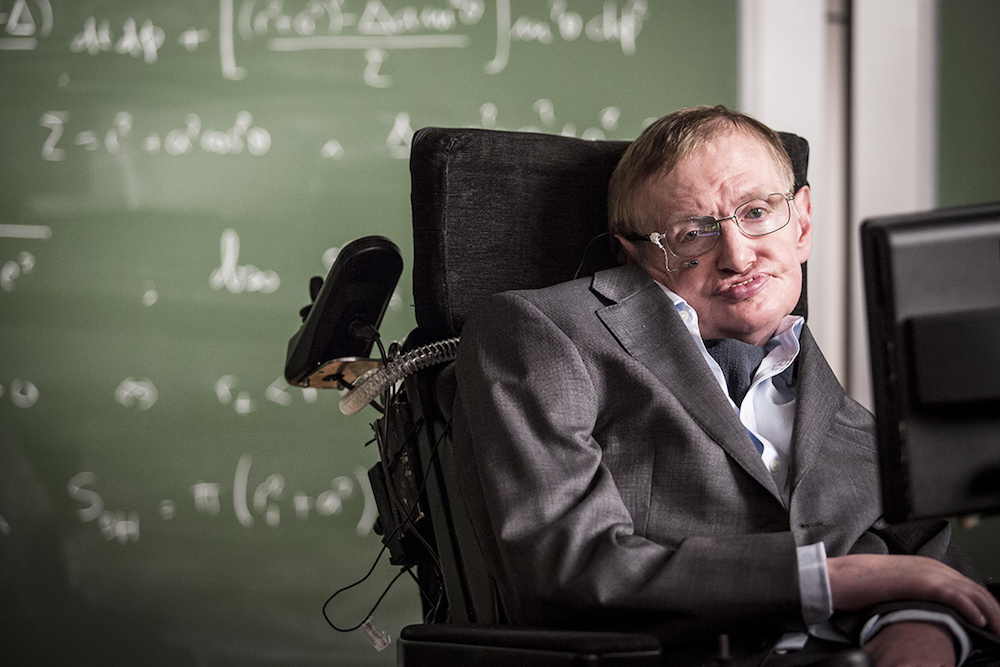
Stephen Hawking passed away today (March 14), after a long career in physics. Some of the late cosmologist's most impressive work addressed black holes — those insatiable blobs of infinitely dense matter from which almost nothing can escape. These fascinating cosmic vacuum cleaners seem to defy so many notions of what the universe should look like, and Hawking's work was critical in refining our understanding of these bizarre celestial objects. From the realization that black holes aren't truly black, to the "hair" that may emanate from them, here are several of Hawking's strangest ideas about black holes. [8 Shocking Things We Learned from Stephen Hawking's Book]
Black Holes have hair
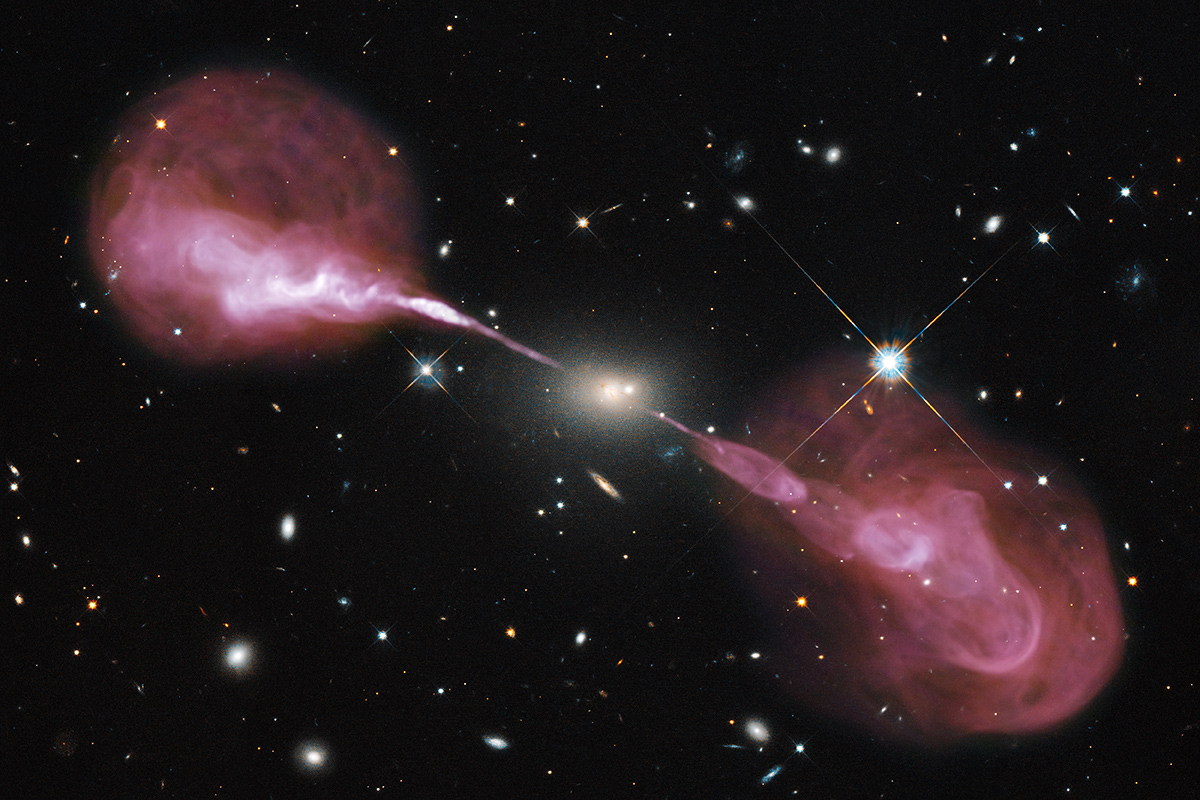
In his later years, Hawking continued to develop his theory of black holes. Scientists originally thought that black holes were "bald," meaning there were no complicated details at their edges and they were all identical except for their mass, angular momentum and spin. But in 2016, Hawking and Harvard University physicist Andrew Strominger suggested that black holes sport a luxurious crop of "hair" — in the form of long strands of zero-energy particles that emanate from their event horizon. The idea, then, is that some of the information that is gobbled up by a black hole may actually be stored in these hairs.
Black holes may fizzle and explode
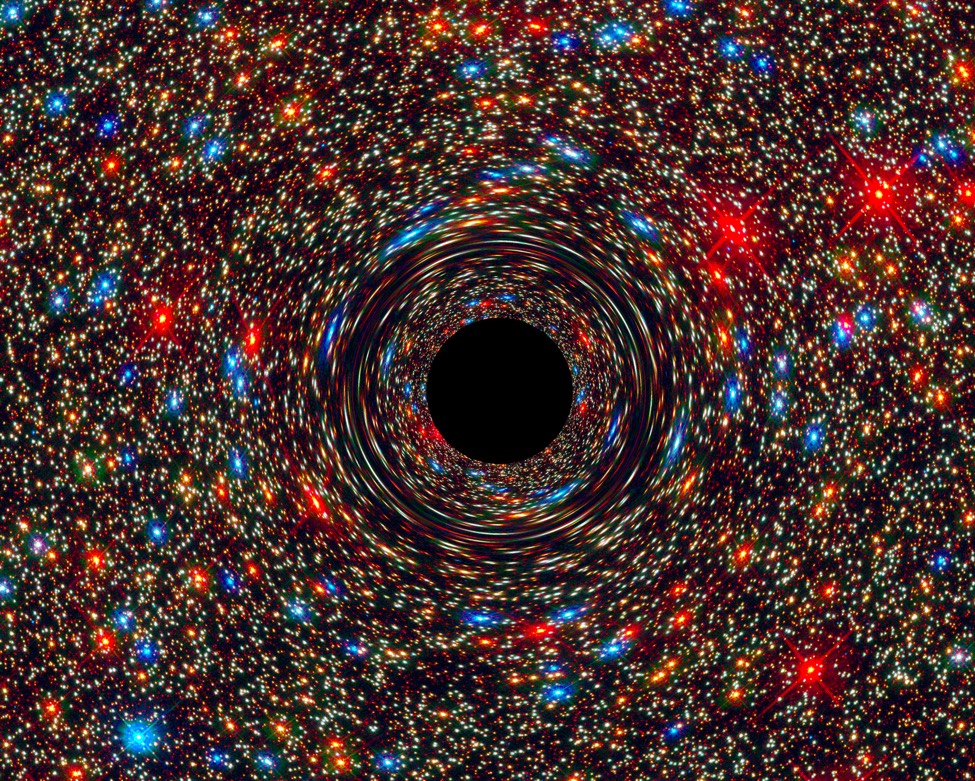
Originally, researchers believed absolutely nothing could escape a black hole, meaning everything that passes its event horizon would be ripped apart, devoured and never seen gain, while the black hole would grow ever larger. But in the 1970s, Hawking developed the concept of Hawking radiation, which would mean that instead of expanding over time, black holes might eventually dissolve. The idea relies upon two weird phenomena: quantum fluctuation, a bizarre ability of subatomic particles to (very rarely) pop spontaneously into existence, and quantum tunneling, which allows particles to essentially burrow through impenetrable barriers. Sometimes, for instance, matter and antimatter particles will suddenly emerge from nothing and then annihilate each other, and if that happens at the boundary of the black hole, it's possible for a particle to pop into existence on the outside edge of the black hole and zoom out into space, so its antimatter partner doesn't have a chance to annihilate it, and instead gets sucked into the black holes center. Over time, this would mean the black hole is leaking and would eventually decrease in size. In order to escape, however, particles would need to be extremely big — on the order of the black hole in size, which would mean only very low energy light could leak out of the most massive black holes. So far, no one has directly measured Hawking radiation but most physicists are convinced it exists, Live Science previously reported.
The universe began in a singularity
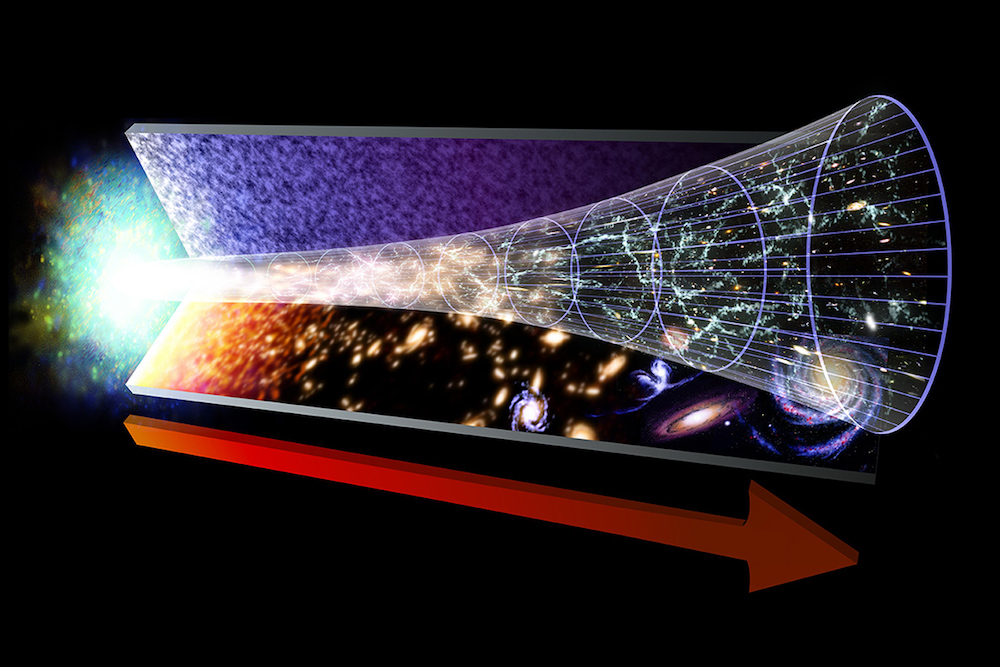
One of Hawking's earliest contributions to physics was the doctoral thesis that he wrote for the University of Cambridge in 1966, in which he posited that the universe began as an infinitely small and infinitely dense speck of matter curled in on itself — the first modern way of conceptualizing the Big Bang. While that primordial speck is a singularity, and black holes are also a singularity, it turns out that the primordial matter at the origin of the universe isn't a black hole, because matter can escape it. Instead, another possible, though problematic, way to conceptualize it is as a "white hole" — a time-reversed version of a black hole, according to John Baez, a mathematician at the University of California at Riverside. While the Big Bang may not have originated in a white hole, we'll have to wait till the end of the universe to find out, Baez says.
Mini black holes could power the universe
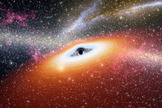
The biggest black holes in the universe are thought to be supermassive black holes, which lie at the heart of galaxies and are billions of times more massive than our sun, while black holes about 10 times the mass of the sun dot the universe as well. But scientists have also proposed some smaller cousins, which would be the size of a Earth-based mountain. Because they are so small (and Hawking radiation allows particles to escape only when they have wavelengths about the size of the black hole), these mini-black holes could spew out higher-energy particles, which could then be used as a power source, Hawking proposed.
"A mountain-sized black hole would give off X-rays and gamma-rays at a rate of about 10 million megawatts, enough to power the world's electricity supply," Hawking said in a Feb. 2, 2016 lecture. "It wouldn't be easy, however, to harness a mini black hole. You couldn't keep it in a power station, because it would drop through the floor and end up at the center of the Earth."
Black holes have no boundary
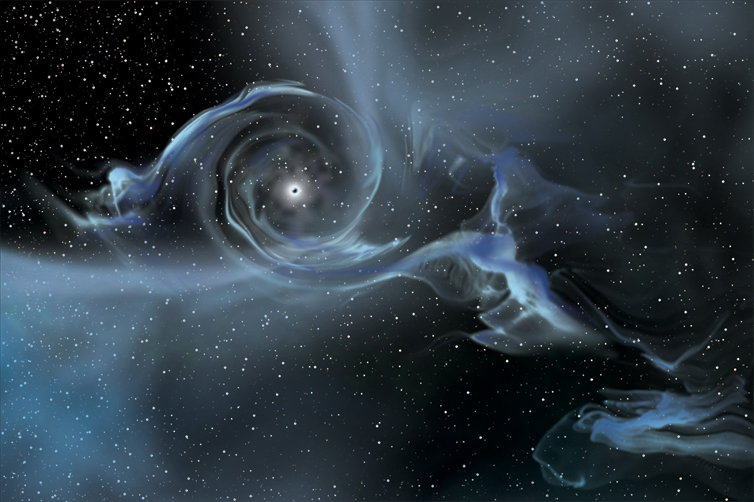
In 2014, Hawking even questioned one of the fundamental concepts of black holes — the event horizon beyond which nothing could escape. In a paper on the preprint website arXiv.org, Hawking proposed that the event horizon wasn't a fixed boundary, but instead shifted wildly based on what the subatomic particles inside a black hole were up to. The notion of the fluctuating black hole boundary was developed in order to address what's known as the Firewall paradox. It comes from the fact that an astronaut drifting into a black hole would notice nothing unusual as he crossed the event horizon, because he would be in free-fall and would experience no force. However, Hawking radiation predicts there should be a "ring of hell" that lies just inside the event horizon, which would incinerate the astronaut before he has a chance to be smooshed by the black hole. The lack of a fixed event horizon was an attempt to reconcile those two concepts, though physicists at the time said Hawking's explanation didn't do that.
Originally published on Live Science.
Join our Space Forums to keep talking space on the latest missions, night sky and more! And if you have a news tip, correction or comment, let us know at: community@space.com.
Get the Space.com Newsletter
Breaking space news, the latest updates on rocket launches, skywatching events and more!
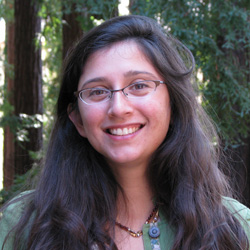
Tia is the assistant managing editor and was previously a senior writer for Live Science, a Space.com sister site. Her work has appeared in Scientific American, Wired.com and other outlets. She holds a master's degree in bioengineering from the University of Washington, a graduate certificate in science writing from UC Santa Cruz and a bachelor's degree in mechanical engineering from the University of Texas at Austin. Tia was part of a team at the Milwaukee Journal Sentinel that published the Empty Cradles series on preterm births, which won multiple awards, including the 2012 Casey Medal for Meritorious Journalism.

